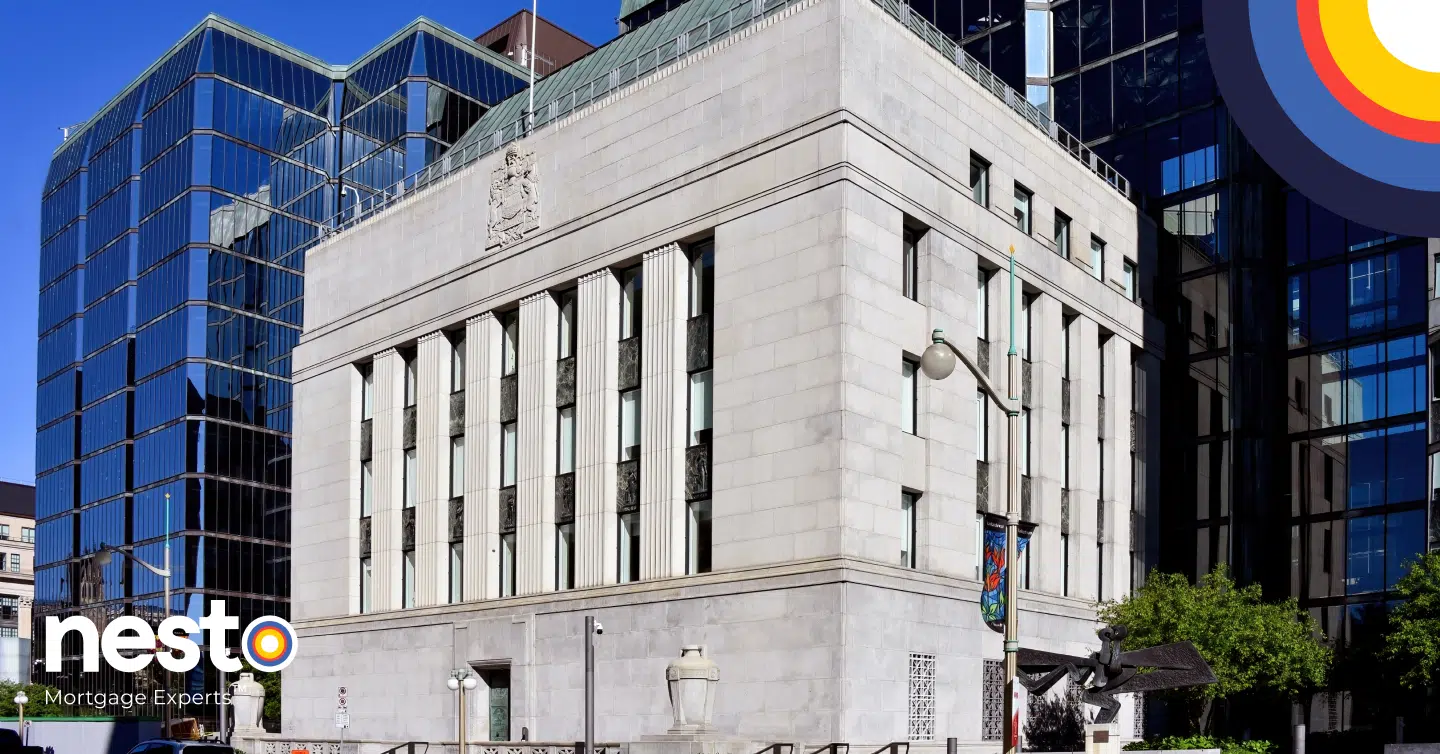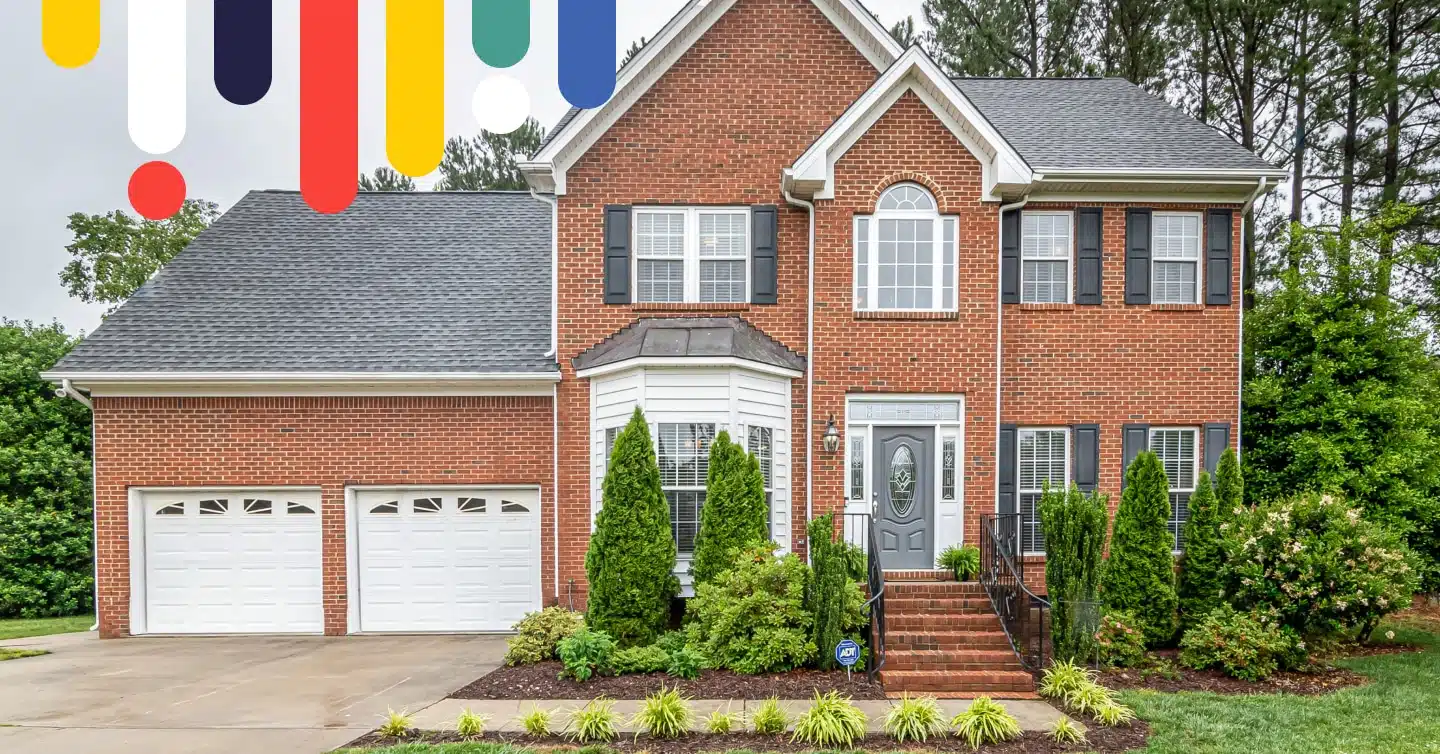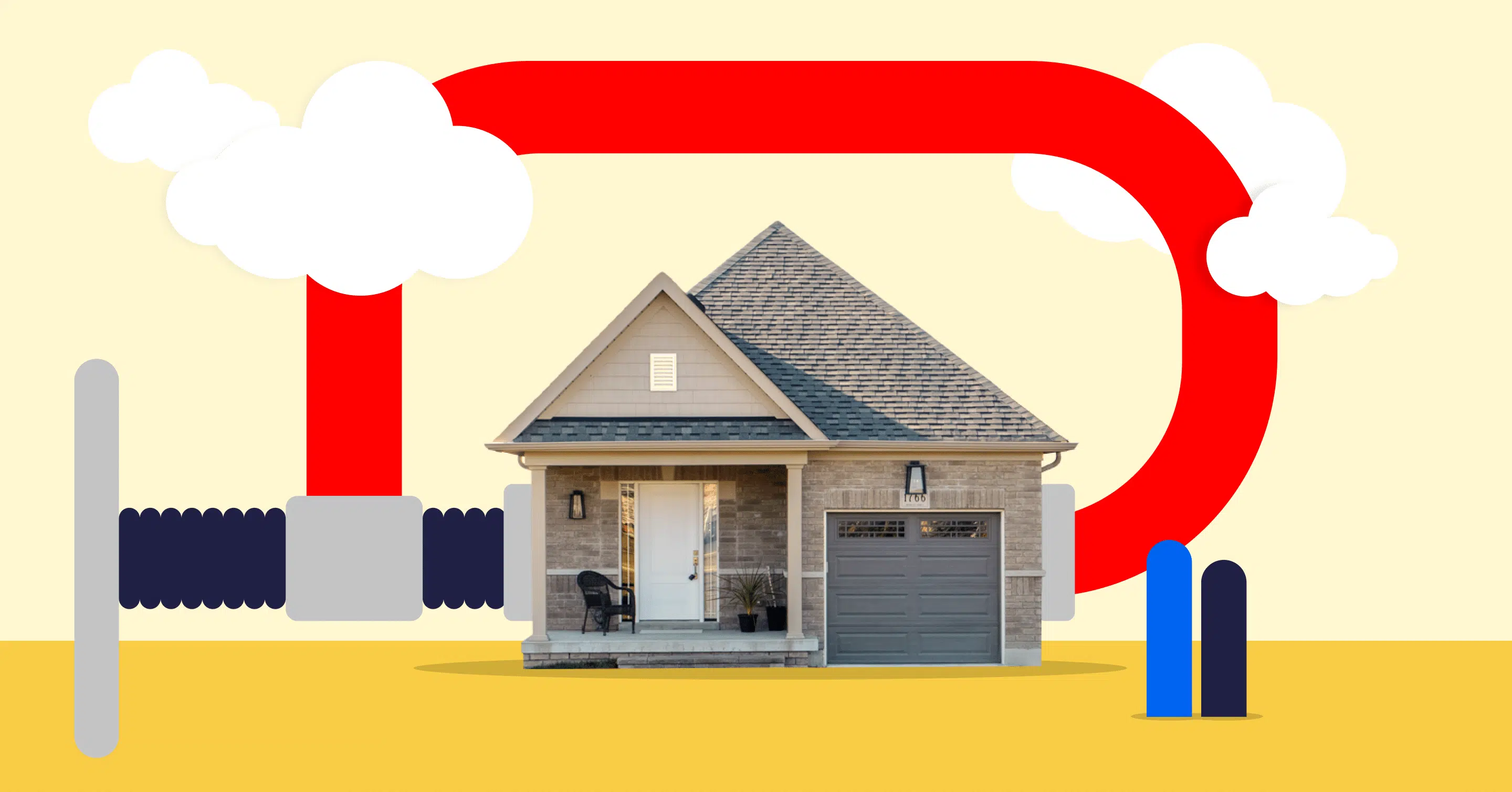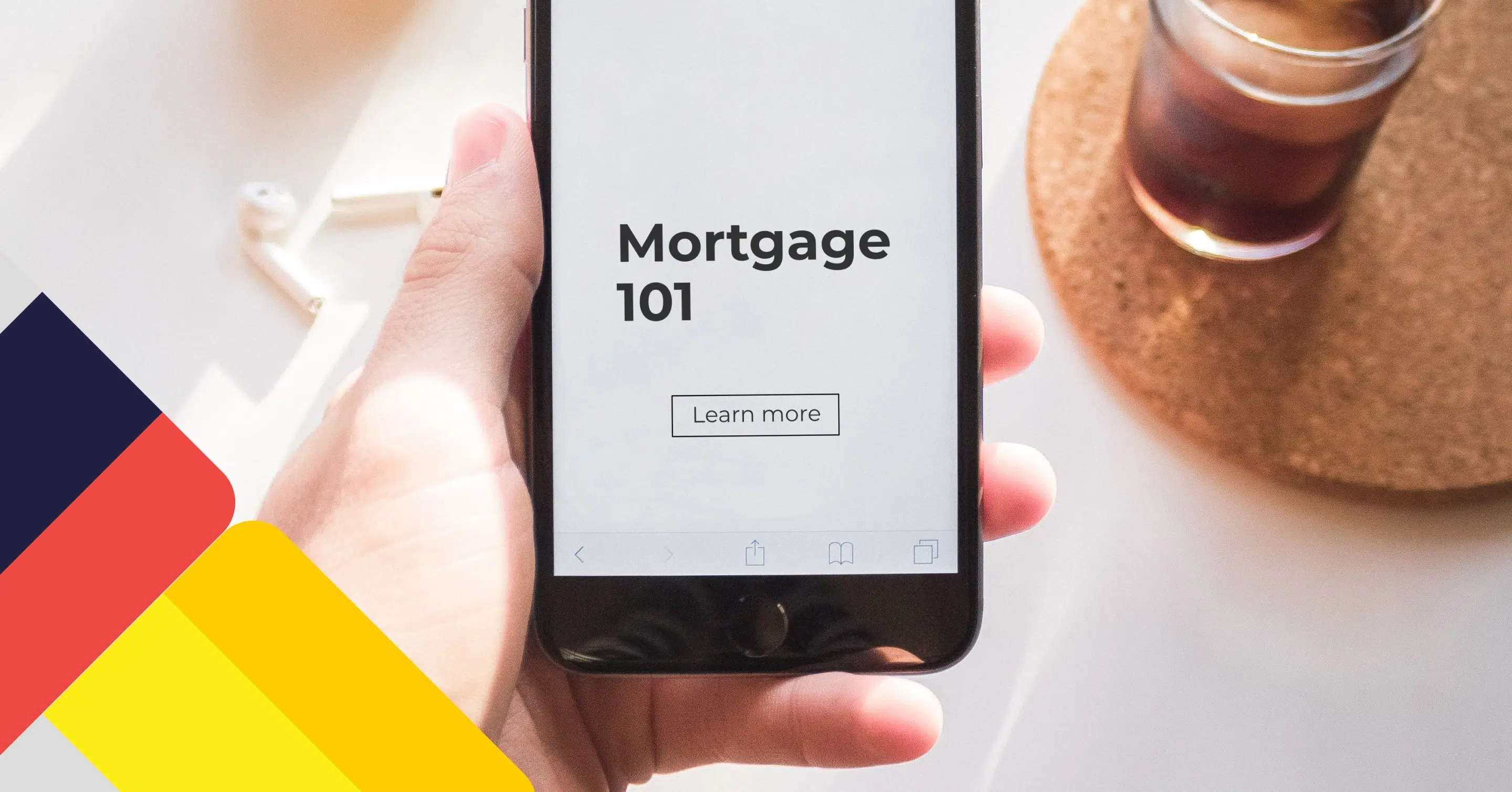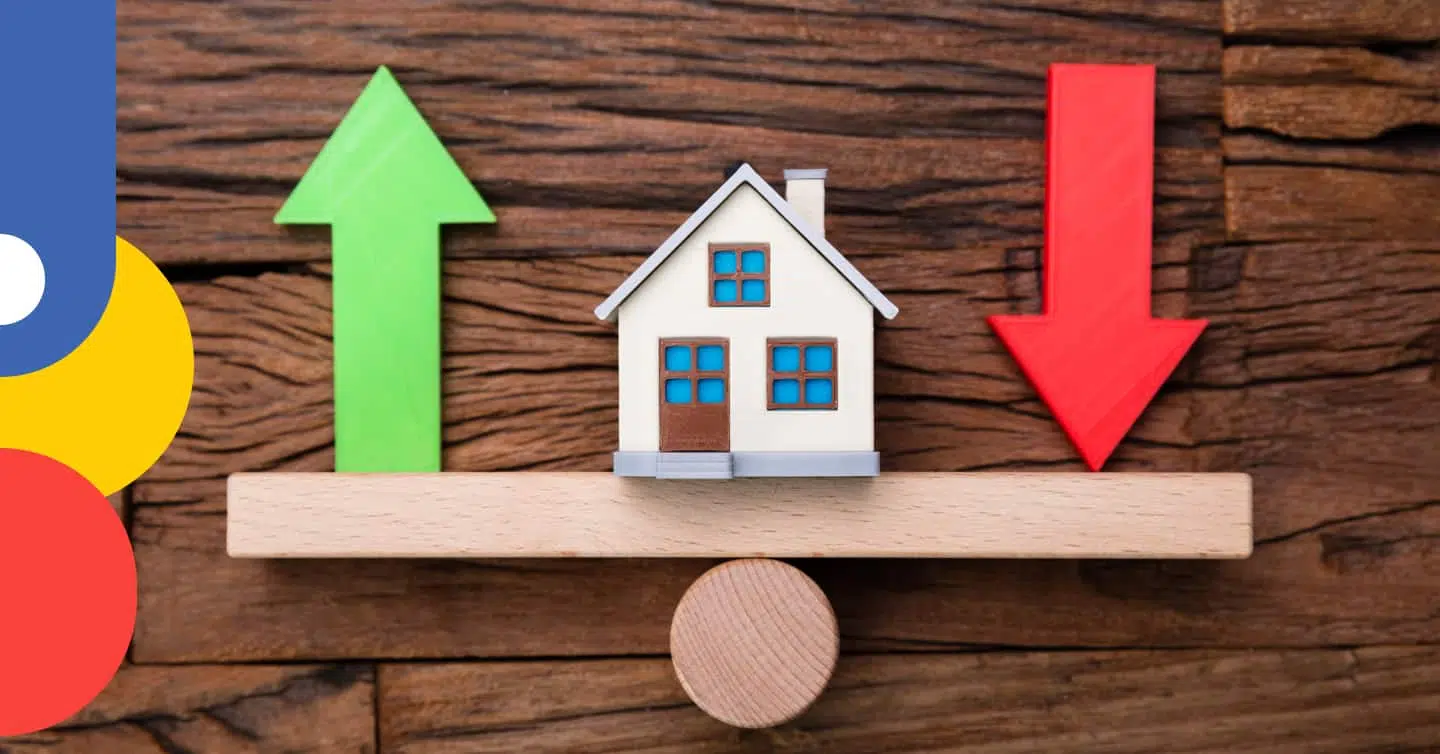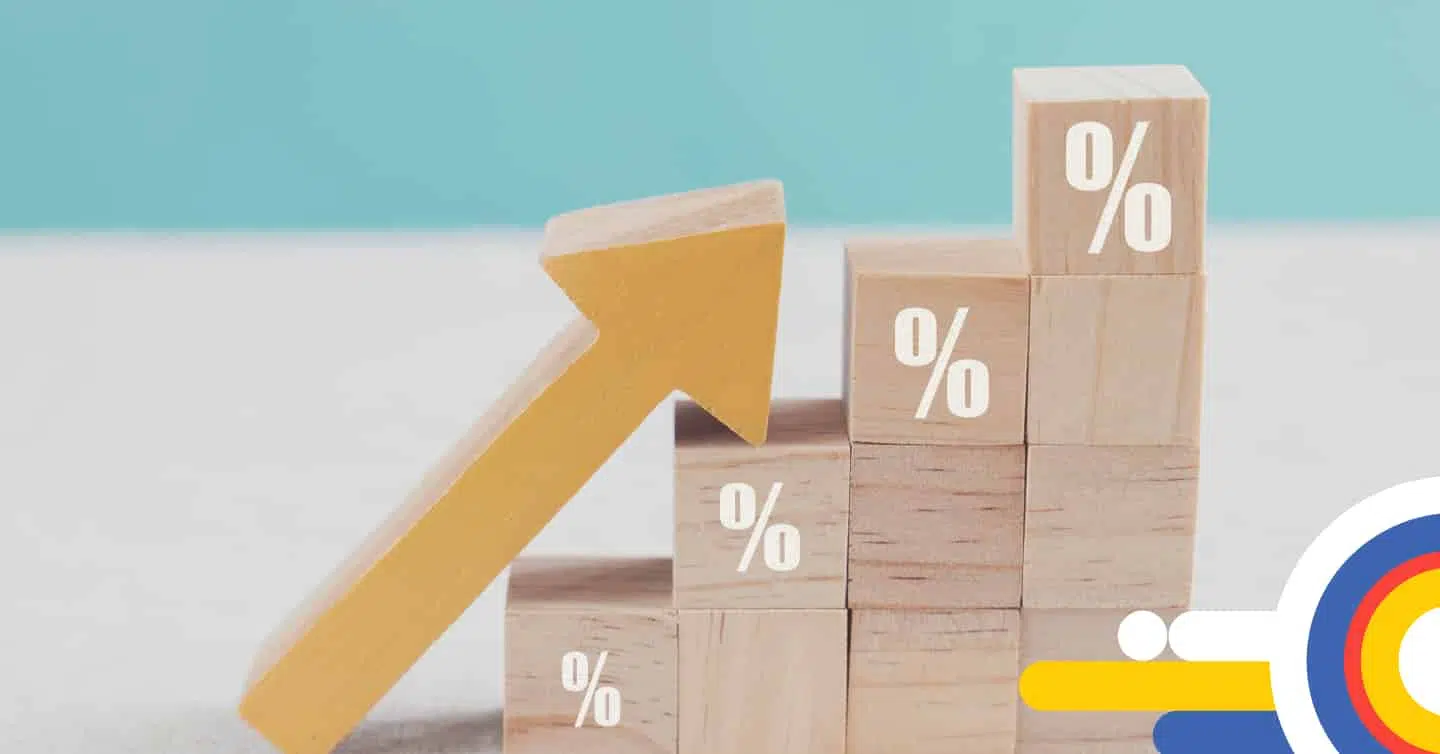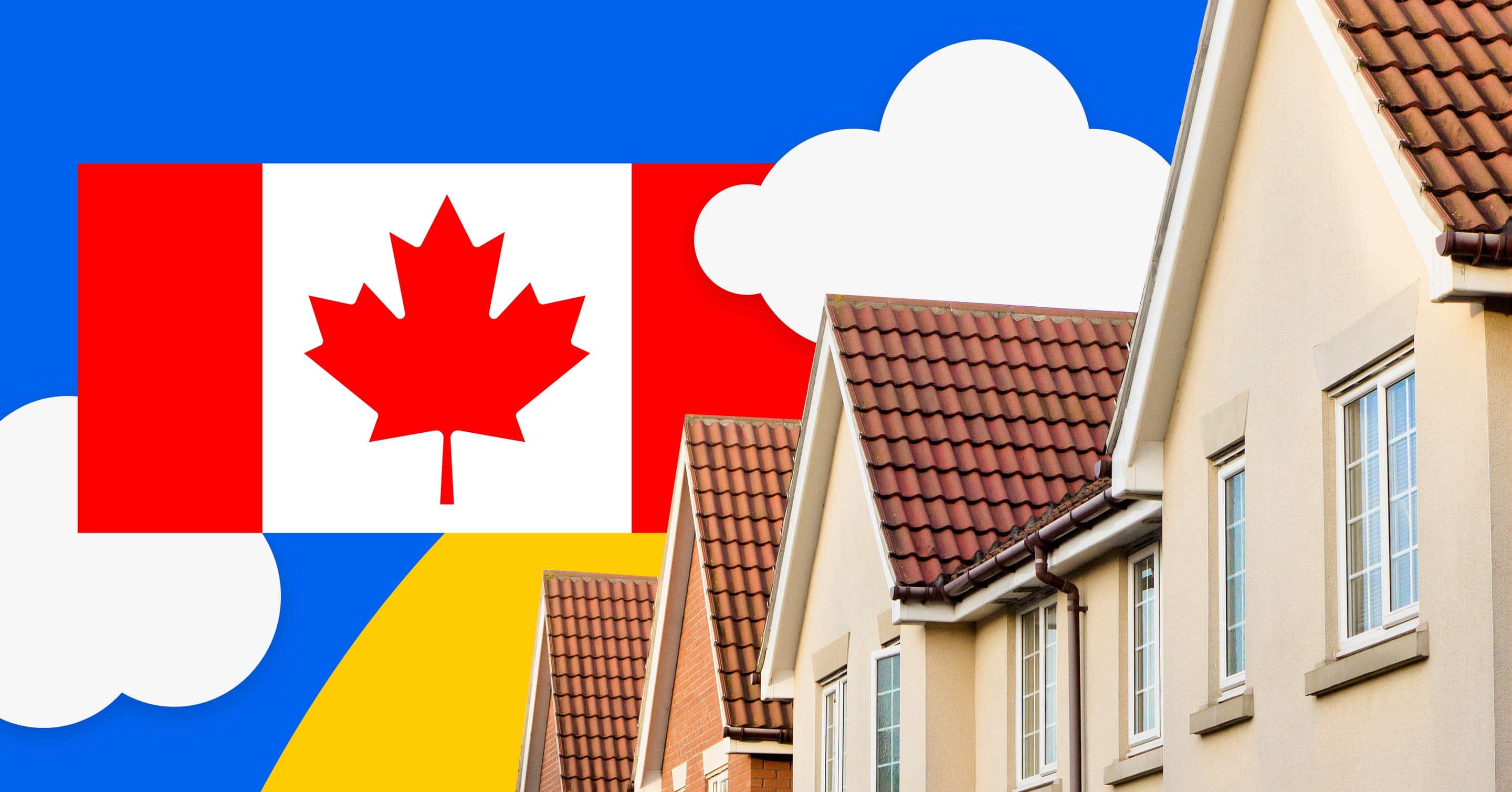How To Calculate Your Loan-to-Value (LTV) Ratio

Table of contents
Calculating your loan-to-value ratio (LTV) can help determine how much of your property’s value needs to be financed through a mortgage, the interest rates offered, and whether you are required to purchase mortgage default insurance.
LTV is based on the mortgage amount over the property’s purchase price or appraised value, expressed as a ratio. In this guide, we’ll show you how to calculate your LTV ratio, explain why it matters and how it affects your borrowing and purchasing power.
Key Takeaways
- Loan-to-value (LTV) is a ratio used to represent the percentage of the property’s value mortgaged.
- The LTV ratio is used to determine which type of mortgage you qualify for and if mortgage default insurance is required.
- The lower your LTV ratio, the higher your equity in the subject property.
What Is the Loan-to-Value (LTV) Ratio?
The loan-to-value (LTV) is a ratio expressed as a percentage representing the calculation between the mortgage amount you require based on the purchase price or appraised value of the home you are purchasing, renewing, or refinancing. This ratio is used to determine whether you require a high-ratio mortgage, for which you need to purchase mortgage default insurance or a low-ratio or uninsured mortgage and impacts the interest rates you qualify for.
A higher LTV ratio can be considered riskier for lenders since you borrow more of the property’s value. Your LTV ratio will be evaluated each time you get a new mortgage, renew, refinance, or add a home equity line of credit (HELOC) to your existing mortgage.
As you pay down your mortgage, your LTV ratio will decrease, and your equity will increase. If your assessed property value rises, your LTV ratio will decrease, and your equity will increase. The opposite is true if your assessed property value declines.
How to Calculate the Loan-to-Value Ratio
To determine your LTV, divide the mortgage amount by the lower of the purchase price or assessed value of the property.
If this is a new mortgage, the mortgage amount is the home’s purchase price minus your downpayment divided by the lower of the home’s purchase price or property’s appraised value. Your lender will use the lower of the appraised value or purchase price when calculating your LTV and determining whether you need to purchase mortgage default insurance.
If you are switching your mortgage to a new lender or refinancing, you may need an appraisal done on the home to determine its current value. Your lender will use the remaining balance owing on your mortgage as the mortgage amount and the appraised value as the property value for the LTV calculation. You can also decide to take out equity at this time, which would be considered in addition to any remaining mortgage balance owing on your property for the LTV calculation.
Note: If you switch lenders to transfer your mortgage at renewal, your LTV ratio is unimportant. You’ll still get the lowest (high ratio) mortgage rate if you originally paid for default insurance.
Calculating Your LTV: Mortgage Example
20% LTV: A 20% LTV means that the amount borrowed equals 20% of your property’s value. This means you have either put down 80% of the property’s value as a downpayment if this is a new mortgage or have 80% equity in the subject property if you are renewing or refinancing.
For example, if you purchased a home with a mortgage of $500,000 and have $100,000 remaining on the mortgage, you have paid down $400,000 or 80%, and your LTV is 20%.
$100,000 / $500,000 = 20%
30% LTV: A 30% LTV means that the amount borrowed equals 30% of your property’s value. This means you have either put down 70% of the property’s value as a downpayment if this is a new mortgage or have 70% equity in the subject property if you are renewing or refinancing.
For example, if you purchased a home with a mortgage of $500,000 and have $150,000 remaining on the mortgage, you have paid down $350,000 or 70%, and your LTV is 30%
$150,000 / $500,000 = 30%
40% LTV: A 40% LTV means that the amount borrowed equals 40% of your property’s value. This means you have either put down 60% of the property’s value as a downpayment if this is a new mortgage or have 60% equity in the subject property if you are renewing or refinancing.
For example, if you purchased a home with a mortgage of $500,000 and have $200,000 remaining on the mortgage, you have paid down $300,000 or 60%, and your LTV is 40%.
$200,000 / $500,000 = 40%
50% LTV: A 50% LTV means that the amount borrowed equals 50% of your property’s value. This means you have either put down 50% of the property’s value as a downpayment if this is a new mortgage or have 50% equity in the subject property if you are renewing or refinancing.
For example, if you purchased a home with a mortgage of $500,000 and have $250,000 remaining on the mortgage, you have paid down $250,000 or 50%, and your LTV is 50%
$250,000 / $500,000 = 50%
60% LTV: A 60% LTV means that the amount borrowed equals 60% of your property’s value. This means you have either put down 40% of the property’s value as a downpayment if this is a new mortgage or have 40% equity in the subject property if you are renewing or refinancing.
For example, if you purchased a home with a mortgage of $500,000 and have $300,000 remaining on the mortgage, you have paid down $200,000 or 40%, and your LTV is 60%
$300,000 / $500,000 = 60%
70% LTV: A 70% LTV means that the amount borrowed equals 70% of your property’s value. This means you have either put down 30% of the property’s value as a downpayment if this is a new mortgage or have 30% equity in the subject property if you are renewing or refinancing.
For example, if you purchased a home with a mortgage of $500,000 and have $350,000 remaining on the mortgage, you have paid down $150,000 or 30%, and your LTV is 70%
$350,000 / $500,000 = 70%
80% LTV: An 80% LTV means that the amount borrowed equals 80% of your property’s value. This means you have either put down 20% of the property’s value as a downpayment if this is a new mortgage or have 20% equity in the subject property if you are renewing or refinancing.
For example, if you purchased a home with a mortgage of $500,000 and have $400,000 remaining on the mortgage, you have paid down $100,000 or 20%, and your LTV is 80%.
$400,000 / $500,000 = 80%
90% LTV: A 90% LTV means that the amount borrowed equals 90% of your property’s value. This means you have either put down 10% of the property’s value as a downpayment if this is a new mortgage or have 10% equity in the subject property if you are renewing. Refinances are not available on properties without 20% or more equity.
For example, if you purchased a home with a mortgage of $500,000 and have $450,000 remaining on the mortgage, you have paid down $50,000 or 10%, and your LTV is 90%.
$450,000 / $500,000 = 90%
95% LTV: A 95% LTV means that the amount borrowed equals 95% of your property’s value. This means you have either put down 5% of the property’s value as a downpayment if this is a new mortgage or have 5% equity in the subject property if you are renewing. Refinances are not available on properties without 20% or more equity.
For example, if you purchased a home with a mortgage of $500,000 and have $475,000 remaining on the mortgage, you have paid down $25,000 or 5%, and your LTV is 95%.
$475,000 / $500,000 = 95%
Commission-free loans tailored to you
Chat with a nesto expert today, commission-free, and secure your rate.
Why Lenders Assess Your LTV Ratio
Lenders assess your LTV ratio to evaluate the potential for default and determine your mortgage terms, interest rate, and default insurance requirements.
A higher loan-to-value ratio is generally perceived as riskier as it implies that you have a lower equity stake in the property since a larger portion of the property’s value is being financed.
A lower LTV can be considered less risky as it implies that you have made a more substantial downpayment or have more equity when compared to the amount owing on the mortgage.
High Ratio vs Low Ratio vs Uninsured Mortgages
Based on your LTV ratio, your mortgage can be classified as high-ratio, low-ratio, or uninsured.
High-Ratio Mortgages
A mortgage is considered high-ratio or insured when the LTV is more than 80%. In other words, the downpayment or equity in the property is less than 20% of the property’s value.
These mortgages require default insurance, which protects the lender if you default. High-ratio mortgages often have lower interest rates as the default insurance provides extra security, lowering risk and protecting the lender if you default.
There are limitations, like a maximum 25-year amortization (30 years for first-time buyers or those purchasing a newly built home) and a purchase price of less than $1.5 million. Additionally, the need to purchase mortgage default insurance means you either pay the premium upfront or add it to your total mortgage, which could eliminate any potential cost savings of having a lower interest rate.
Note: If you switch lenders to transfer your mortgage at renewal, your LTV ratio is unimportant. You’ll still get the lowest (high ratio) mortgage rate if you originally paid for default insurance.
Low-Ratio Mortgages
A mortgage is considered low-ratio or insurable when the LTV is 80% or less. In other words, the downpayment or equity in the property is 20% or more of the property’s value. These mortgages require a 20% or more downpayment when the mortgage is for a new purchase or 20% or more equity when the mortgage is for a renewal.
These mortgages require default insurance, which can be paid either by the lender or the borrower. Some lenders require the borrower to pay the insurance premium. When low-ratio mortgages are default insured, you can access rates almost as low as high-ratio mortgages.
Low-ratio mortgages require a purchase price of less than $1 million and an amortization of 25 years.
Uninsured Mortgages
A mortgage is considered uninsured when the LTV is 80% or less. Like low-ratio mortgages, the downpayment or equity in the property is 20% or more of the property’s value.
These mortgages differ from low-ratio because you’ve elected not to obtain mortgage default insurance since the equity is enough to lower the lender’s risk. Borrowers can benefit from the cost savings of not paying insurance premiums; however, interest rates tend to be higher since the lender assumes the entire risk if you default.
Uninsured mortgages have more flexibility than high-ratio and low-ratio mortgages since they do not have purchase price limitations. You are not restricted to a maximum purchase price, allowing you to purchase a home valued at $1 million (insurable) or $1.5 million (insured) or more. You may also choose a longer amortization of up to 30 years with prime lending or longer with subprime lending.
| High-Ratio Mortgage (Insured) | Low-Ratio Mortgage (Insurable) | Uninsured Mortgage | |
|---|---|---|---|
| Loan-to-Value (LTV) | 80% or more | 80% or less | 80% or less |
| Minimum Downpayment | 5% up to $500,000, then 10% on the remainder above $500,000 | 20% or more | 20% or more |
| Mortgage Insurance | Required – borrower paid | Required – borrower or lender paid | Not available |
| Maximum Purchase Price | Less than $1.5 million | Less than $1 million | No limit |
| Maximum Amortization Period | 25 years (30 for first-time buyers and those purchasing newly built homes) | 25 years | Prime lending – 30 years Subprime – 40 years Private – No Limit |
| Debt Service Ratios(GDS/TDS) | 35/42* to 39/44* | 35/42* to 39/44* | Prime – 32/40* to 34/42* Subprime – 60/60* Private – No Limit |
Frequently Asked Questions
What is a good LTV?
Unlike other lending ratios, there is no good or bad LTV. However, most lenders consider loan-to-value (LTV) ratios of 80% or lower to be a lower risk since you have more equity stake in the property, which decreases the likelihood that you’ll walk away from the property in the event of a severe market correction.
What is the maximum loan-to-value (LTV)?
The maximum LTV to get a mortgage in Canada is 95% if you purchase a home for $500,000 or less. This represents a 5% downpayment. For homes over $500,000 but under $1.5 million, the maximum LTV will depend on the purchase price since downpayment requirements are 5% for the first $500,000 and 10% for the remainder. For homes over $1.5 million, the maximum LTV to get a mortgage is 80%, representing a 20% downpayment.
What is the maximum loan-to-value(LTV) for a HELOC?
The maximum loan-to-value (LTV) for the global limit on the collateral charge is 80%. However, the maximum LTV on the total of all the revolving components, including home equity lines of credit (HELOC) and secured credit cards, cannot exceed 65%.
What is the maximum loan-to-value (LTV) for a refinance?
The maximum loan-to-value (LTV) for a refinance is 80%, meaning you can refinance up to 80% of the property’s appraised value.
What does a 70% LTV mean?
A 70% LTV means you borrow 70% of the property’s value, contributing 30% as a downpayment on a newly purchased home or having 30% equity if it’s an existing mortgage.
Final Thoughts
Your loan-to-value (LTV) is the percentage of home value you have either put down as a downpayment to qualify for the mortgage or the amount of equity you have in the property. This ratio not only influences the interest rates offered but also determines if you are required to pay mortgage default insurance.
If you’re currently shopping for a home, your LTV could also impact your homebuying plans, restricting your purchase price and amortization. Consult a knowledgeable mortgage expert who can provide valuable guidance in securing the best possible mortgage solution.
Ready to get started?
In just a few clicks, you can see our current rates. Then apply for your mortgage online in minutes!

